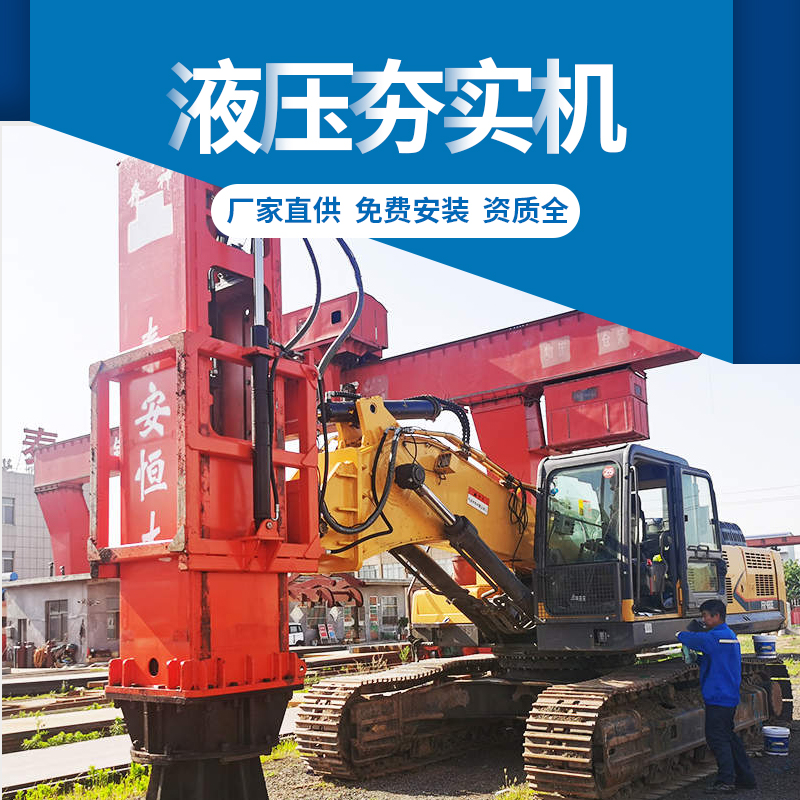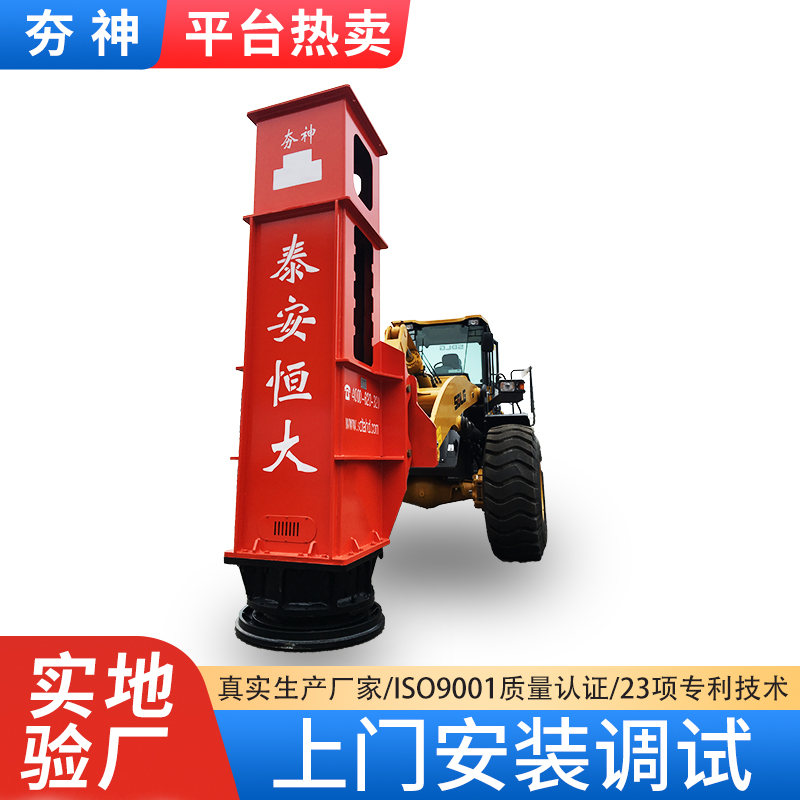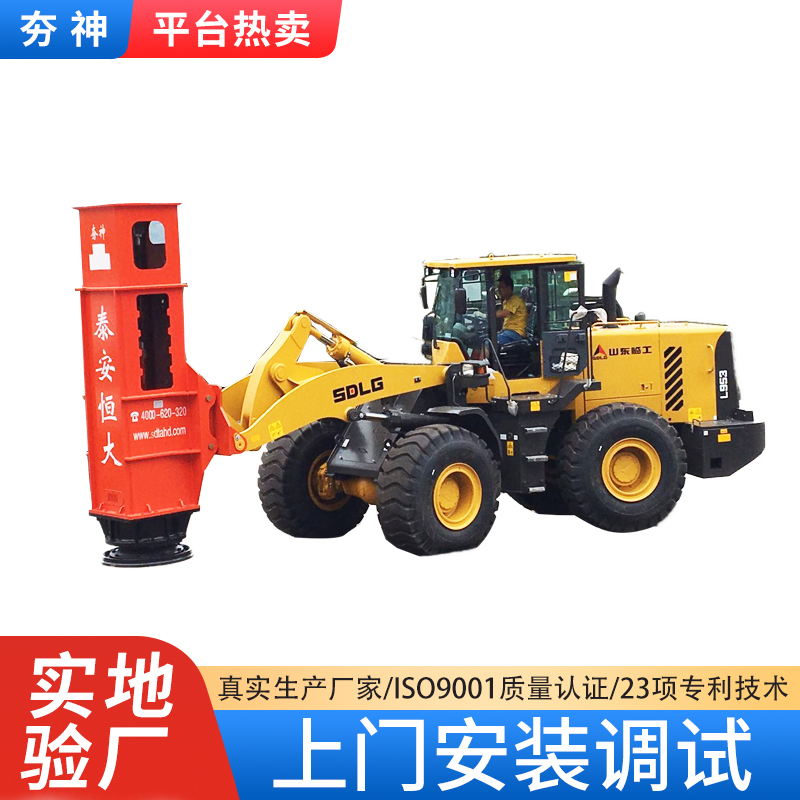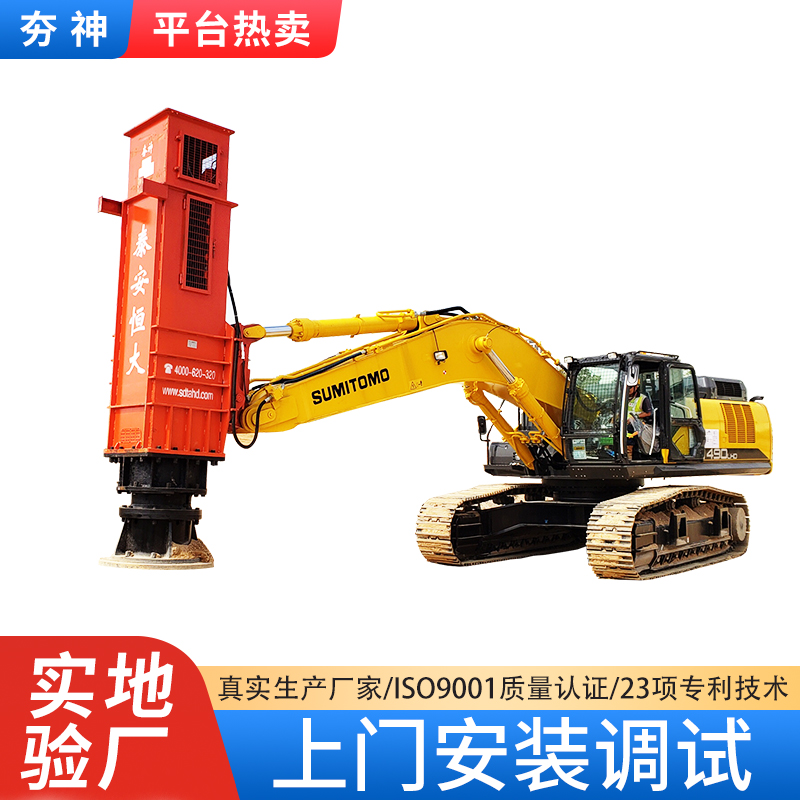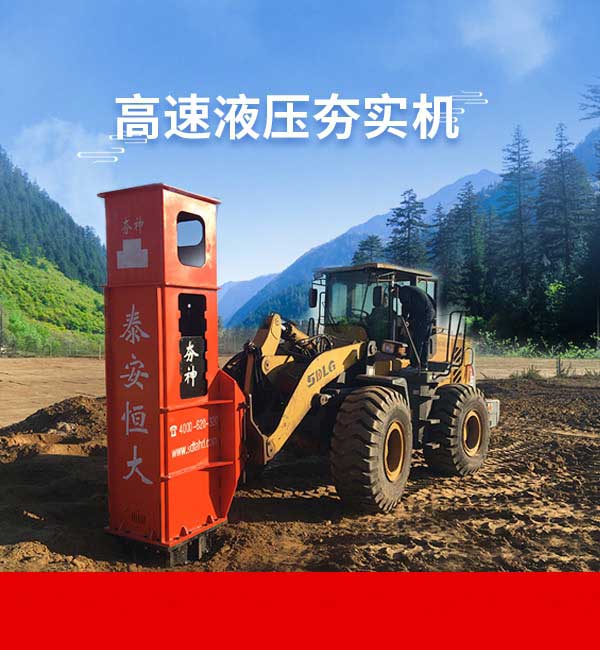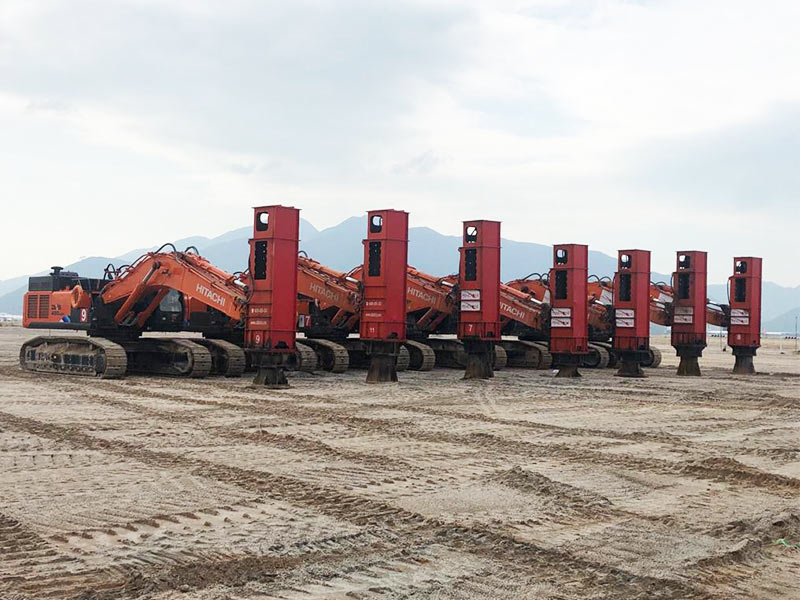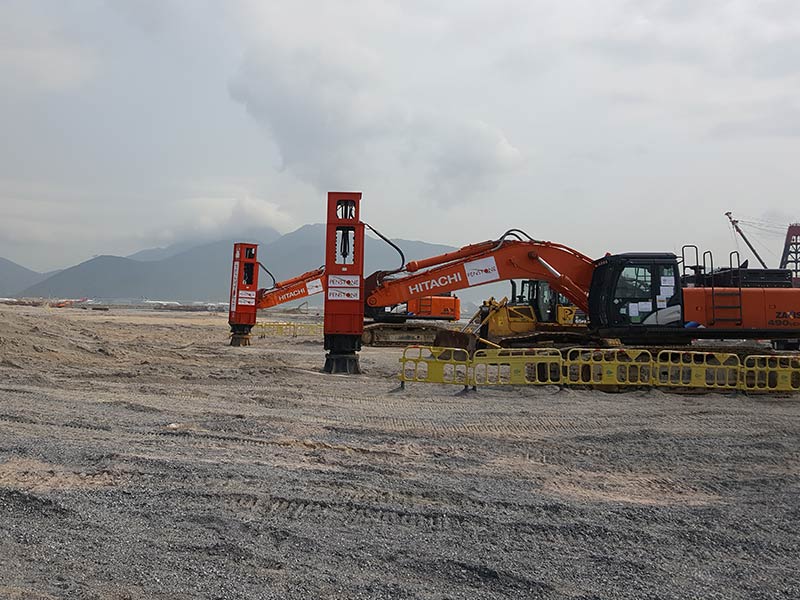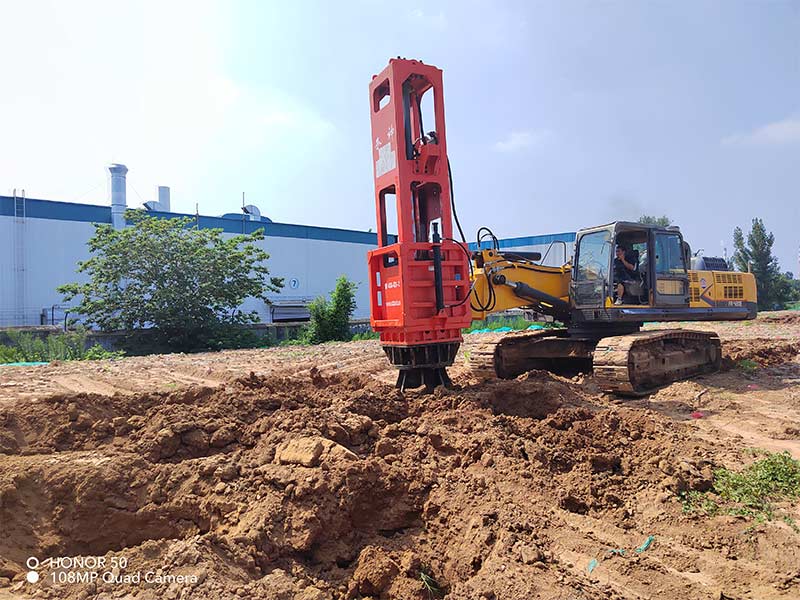95% compaction is just 95% of the Proctor density, whereas 98% compaction is 98% of the Proctor density. If the Proctor density is 100 (let's ignore units here), and the percent compaction is 95, that means that the soil that was just packed has a density of 95.

Preliminary trials are an important pre-requisite to any extensive RIC works. Furthermore, as the main RIC works are proceeding, ongoing monitoring and testing is necessary to ensure that the appropriate amount of energy is being applied to the soil profile and that performance requirements are being met. The compaction trial, in particular, is important for the evaluation of ground response. The optimal number of blows per pass is typically taken as the value beyond which continued blows produce negligible further penetration of the compaction foot.
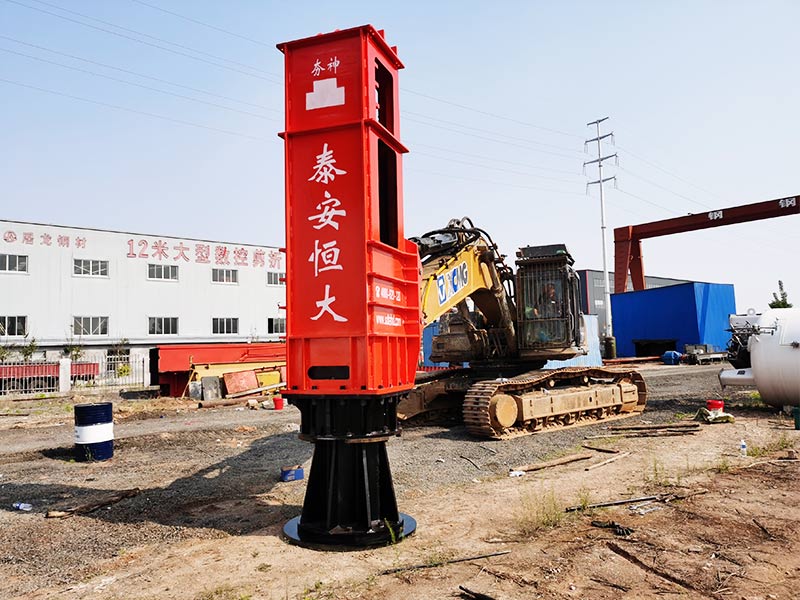
Rapid Impact Compaction with the Rapid Impact Compactor (RIC) is an innovative method in the field of near surface and deep compaction techniques. The RIC is a dynamic compaction device based on piling hammer technology. Dynamic energy is imparted by a falling weight dropping from a controlled height onto a patented foot. The foot of the device remains in contact with the ground; thus, the energy is transferred to the ground safely and efficiently.
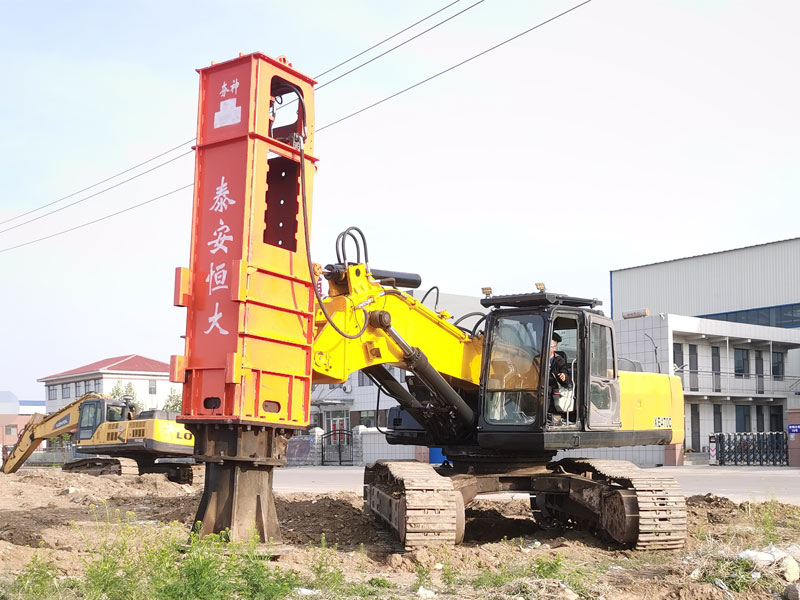
The RIC, imparts energy by dropping a 5 to 9 tonne weight from a relatively small height of 1.2 m at a blow rate of 30 to 80 times a minute. Depending on the ram weight, the maximum energy delivered per blow is 59 to 106 kNm. Although the energy per blow is small compared to the conventional DC, the rapid blow frequency amply compensates, resulting in a greater power that varies between 2.4 to 6.4 MNm/min. Thus, a much greater total energy input per unit area of a site can be achieved with RIC. Moreover, the energy transfer of the RIC is far more effective due to its foot which stays in contact with the ground during the impact sequence.
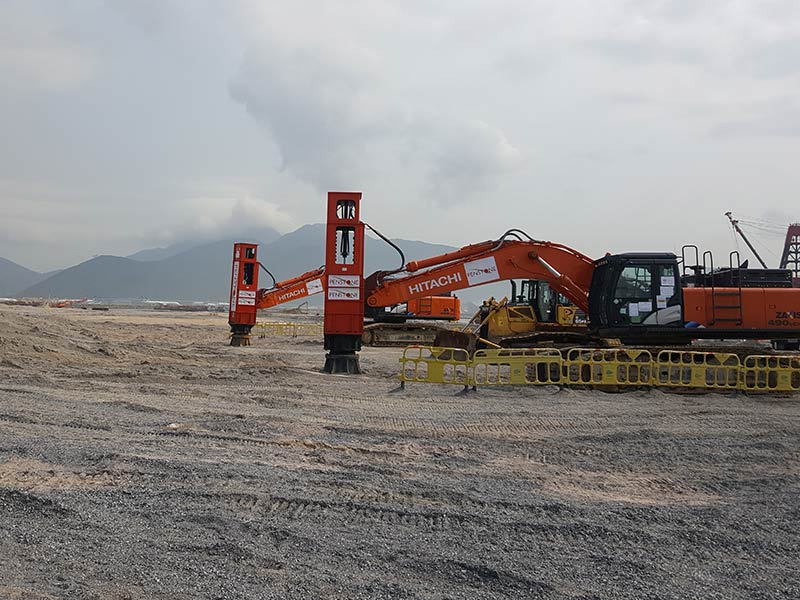
The RIC employs an on-board computer to control impact set termination criteria, and to record critical data. So the machine is accurately controlled from the excavator cab, and the degree of compaction is electronically monitored. The monitor can be set to halt impacting on a footprint once the design set is reached. Thus, wasting energy is avoided, and performance and production rates can be improved. The data stored in the monitor can be downloaded to a PC and analysed, evaluated and printed.
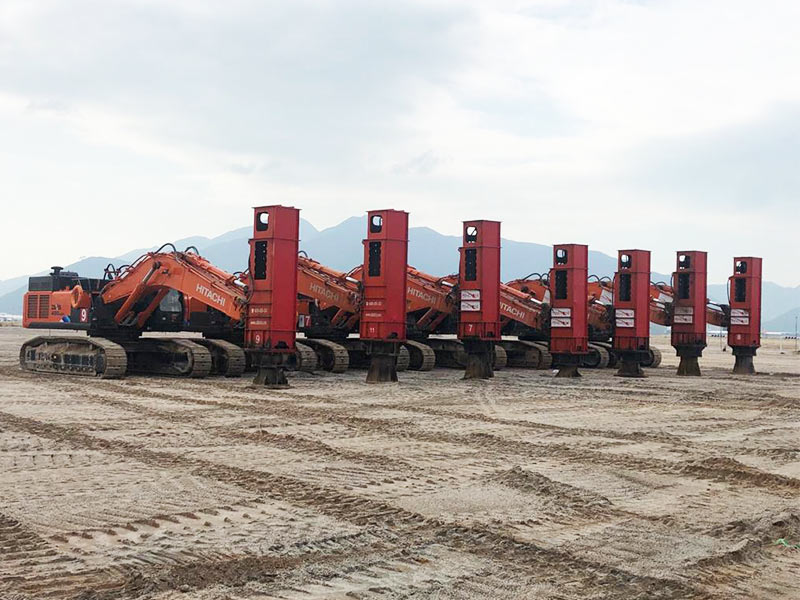
Typical areas of application could include projects such as low-rise structures like housing and schools, embankments, roads and pavement areas. Having the Rapid Impact Compactor mounted on a tracked machine gives it the versatility to move about in narrow and limited height spaces, such as within existing warehouses. With regard to its mobility, the RIC is able to be transported as a single unit, with the impact foot removed and the front end lowered horizontally on a flat-bed trailer. The machine can be ready to work just a few minutes after off-loading. If road restrictions apply, the unit can be easily split into two loads with the excavator travelling separately from the hammer. Re-assembly is achieved in less than two hours.

 Current Position:
Current Position: 